What Is a CNC Lathe Machine and How Is It Used?
A CNC lathe machine is one of the most widely used and versatile tools in modern manufacturing. By combining precision cutting with computer-controlled automation, it allows machinists to produce complex, high-quality components at scale. Whether used in automotive, aerospace, or custom fabrication, CNC lathes have become essential for turning raw material into functional parts with remarkable accuracy.
What Is a CNC Lathe?
A CNC lathe (short for Computer Numerical Control lathe) is a machine that rotates a workpiece while a cutting tool removes material to create a desired shape. Unlike a manual lathe, where the machinist controls the cutting tool’s position using handwheels and levers, a CNC lathe uses computer-programmed instructions to guide its movements automatically.
Difference from Manual Lathe Machines
The main differences between CNC and manual lathes include:
- Automation – CNC lathes follow pre-programmed commands, reducing human intervention.
- Precision – Automated control ensures consistent accuracy across batches.
- Complexity – CNC lathes can perform multi-axis operations and produce intricate geometries that would be extremely time-consuming on a manual machine.
- Efficiency – Once programmed, CNC lathes can run continuously with minimal supervision, ideal for high-volume production.
Before exploring more about the CNC lathe, it’s useful to understand how CNC machining works overall. Our Beginner’s Guide to CNC Machining breaks down the technology and processes step by step.
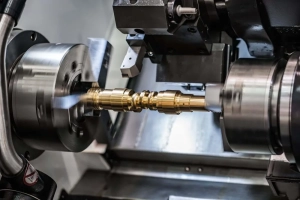
How a CNC Lathe Works
Understanding how CNC lathe works requires looking at both its mechanical operation and its digital control system.
Step-by-Step Working Process
- Design and Programming – The process starts with creating a CAD (Computer-Aided Design) model of the part, which is then converted into G-code (a CNC programming language).
- Setup – The machinist secures the raw material (often a metal or plastic bar) in the chuck and installs the appropriate cutting tools in the tool turret.
- Machine Calibration – The CNC lathe is calibrated to ensure proper alignment and tool offsets.
- Execution – The program runs, instructing the machine when and how to move the cutting tool relative to the spinning workpiece.
- Finishing – After the cutting process, the part may undergo secondary operations like polishing, threading, or drilling.
Overview of Programming and Automation
At the heart of every CNC lathe is its CNC controller, a specialised industrial computer that takes a set of programmed instructions and translates them into precise, synchronised movements of the machine’s components. These instructions are typically written in G-code (ISO 6983) or, in some cases, proprietary formats, and they tell the machine exactly when, where, and how to move.
From Program to Motion
When you load a part program into the controller, here’s what happens:
- Parsing the Code – The controller reads each G-code block line by line, interpreting commands for tool paths, spindle speed, feed rate, coolant activation, and other machine functions.
- Motion Planning – It calculates the required movements in real time, breaking down commands into small, coordinated steps for the X, Z, and any additional axes (C, Y, B).
- Servo Control – The controller sends signals to servo drives and servo motors, which physically move the machine’s slides, turret, and spindle. High-resolution encoders provide feedback, allowing the system to constantly correct for positioning errors.
Automation Benefits
This digital control offers major advantages:
- Repeatability – Once a program is proven, it can produce thousands of identical parts with tolerances often within microns.
- Flexibility – Editing the program can change part dimensions, machining strategies, or even materials without altering the machine’s physical setup.
- Complex Geometry Capability – Multi-axis interpolation allows machining of shapes and features that are virtually impossible with manual methods.
- Process Integration – Advanced lathes can automate not just turning, but also milling, drilling, threading, and part handling in a single cycle.
CAM Integration
Most modern CNC lathe programs originate in CAM (Computer-Aided Manufacturing) software, where toolpaths are generated from a CAD model. This process includes:
- Selecting tools from a virtual library.
- Defining cutting parameters (spindle speed, feed per revolution, depth of cut).
- Simulating the machining process to check for collisions or over-travel.
The CAM system then outputs a machine-ready G-code file that matches the specific controller (Fanuc, Siemens, Haas, Mazatrol, etc.).
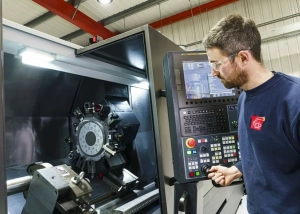
CNC Lathe Uses
CNC lathes are widely used in industries that require precision, repeatability, and efficient production of rotational parts. Their versatility makes them essential for everything from mass production to custom manufacturing.
Automotive Industry
CNC lathes produce a variety of automotive parts, such as:
- Engine components (camshafts, crankshafts, piston pins) that require precise dimensions for optimal performance.
- Transmission parts (gears, shafts) where accuracy ensures smooth operation.
- Brake components like rotors and drums must be balanced and durable for safety.
Medical Industry
In healthcare manufacturing, CNC lathes are used for:
- Surgical instruments such as forceps, drills, and scalpels, demand accuracy and a smooth finish.
- Orthopaedic implants like bone screws and joint replacements, where precision ensures proper fit and functionality.
Electronics
Electronics manufacturers rely on CNC lathes for:
- Connector housings that fit tightly to maintain reliable connections.
- Precision enclosures and heat sinks that protect components and manage heat.
Key Components of a CNC Lathe Machine
A CNC lathe is made up of several essential parts that work together to ensure precision, efficiency, and reliability in machining operations. Understanding these components helps operators get the most out of their machine.
1. Headstock
The headstock contains the spindle and motor that rotate the workpiece during cutting. It is built with high-precision bearings to minimise vibration and ensure accurate rotation. Some headstocks use a gearbox for high-torque operations, while others feature direct-drive spindles for smoother and faster performance.
2. Tailstock
The tailstock supports long or slender workpieces to prevent deflection during machining. It can hold various tools such as drill chucks or centres and is adjustable along the machine bed to accommodate different workpiece lengths. Locking mechanisms keep it stable during cutting.
3. Tool Turret
The tool turret is a rotating holder that carries multiple cutting tools, allowing for quick automatic tool changes. This reduces downtime and improves efficiency, especially in complex parts that require multiple operations. Turrets can hold turning tools, boring bars, threading tools, and sometimes live tooling for drilling and milling.
4. Chuck
The chuck grips and secures the workpiece while it rotates. Common types include three-jaw chucks for round stock, four-jaw chucks for irregular shapes, and collet chucks for small precision parts. Hydraulic or pneumatic chucks are often used for faster clamping and consistent holding power.
5. Bed
The bed is the solid base of the CNC lathe that supports all other components and keeps the machine stable. It is usually made from cast iron to absorb vibrations and maintain precision. The bed also houses guideways that allow the carriage and tailstock to move smoothly and accurately.
6. Controller
The controller is the computerised system that runs the CNC lathe. It reads the programmed G-code instructions and translates them into precise movements of the spindle, turret, and other parts. Modern controllers allow for program editing, simulation, and integration with CAD/CAM software, making setup and operation more efficient.
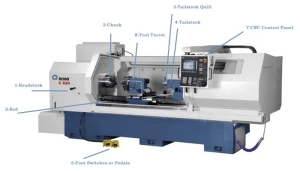
Types of CNC Lathe Machines
CNC lathes are available in different configurations, each designed to meet specific production requirements. The right choice depends on the type of parts being made, the material, and the desired production speed.
Horizontal CNC Lathes
Horizontal CNC lathes are the most common type, where the workpiece rotates horizontally. They are versatile, efficient, and ideal for producing long, cylindrical parts such as shafts and rods. This configuration offers good chip evacuation and is well-suited for high-speed production.

Vertical CNC Lathes
Vertical CNC lathes hold the workpiece so it rotates vertically, making them ideal for large, heavy components that are easier to load and align in this position. They are commonly used for parts like large rings, discs, and heavy flanges, where stability is critical during machining.
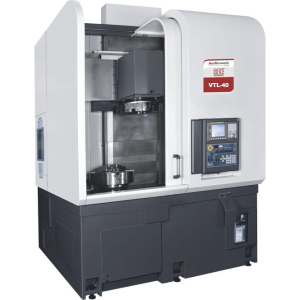
2-Axis CNC Lathes
A 2-axis CNC lathe provides basic turning capabilities along the X and Z axes. It is perfect for simpler parts that require facing, turning, threading, or boring without additional milling features. These machines are cost-effective and easy to operate for standard turning tasks.
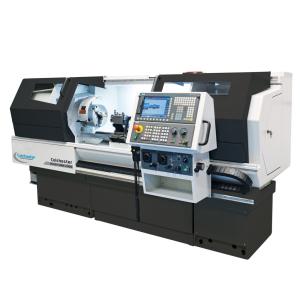
3-Axis CNC Lathes
A 3-axis CNC lathe adds a milling or drilling capability along another plane, allowing for more complex part geometries. This makes it possible to perform secondary operations like drilling holes or creating flat surfaces without moving the part to another machine.
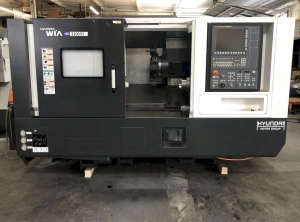
4-Axis CNC Lathes
A 4-axis CNC lathe allows either the tool turret or the workpiece to rotate around an additional axis. This enables the creation of more intricate shapes, angled cuts, and off-centre features. It improves machining flexibility and can reduce the number of setups needed.
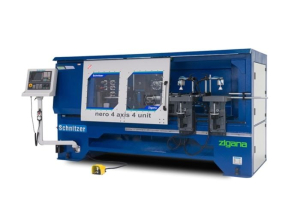
5-Axis and 6+ Axis CNC Lathes
High-end 5-axis and 6+ axis CNC lathes are capable of producing extremely complex parts in a single setup. They can handle advanced geometries by simultaneously moving the tool and workpiece in multiple directions. These machines are often used for high-precision industries like aerospace, medical, and advanced automotive manufacturing.

Choosing the Right CNC Lathe for Your Needs
Part Size
Choose a machine with a chuck and bed size that can handle your largest workpieces without compromising precision.
Material Type
Harder materials require a more rigid lathe with higher torque and durable tooling to maintain accuracy and tool life.
Production Volume
For high-volume manufacturing, you should use multi-axis machines with automatic tool changers to reduce setup time and increase efficiency.
Horizontal CNC Lathes
Best for long parts and high-speed turning. They provide efficient chip evacuation and are versatile for most applications.
Vertical CNC Lathes
Ideal for large, heavy parts that are easier to load vertically. This setup offers better stability during machining.
To explore more about CNC technology and its role in modern production, check out:
Kimrell CNC Lathe Machine Services
Kimrell delivers precision-engineered components using advanced CNC lathe technology, including multi-axis machines capable of turning and milling in one setup. We work with metals, plastics, and composites to produce custom parts that meet strict quality standards, from one-off prototypes to high-volume production runs.
Our expert team provides engineering support, design optimisation, and efficient production planning to ensure accuracy, consistency, and cost-effectiveness. Contact us today or email us for a free quote on your next CNC machining project.
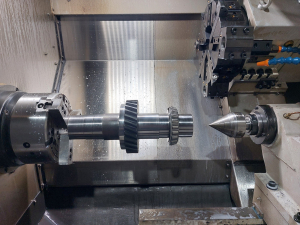
Conclusion
A CNC lathe machine is a cornerstone of modern manufacturing, offering precision, efficiency, and versatility. From high-volume automotive parts to custom aerospace components, CNC lathes make it possible to create complex shapes with exceptional repeatability. Whether you need a horizontal or vertical model, 2-axis or multi-axis capability, the right choice depends on your part geometry, materials, and production goals.
FAQs
How many types of CNC lathe machines are there?
What are the 5 operations of a lathe machine?
What is a CNC lathe?
What are CNC lathe uses?
What is CNC lathe machine working?
How does a CNC lathe work?

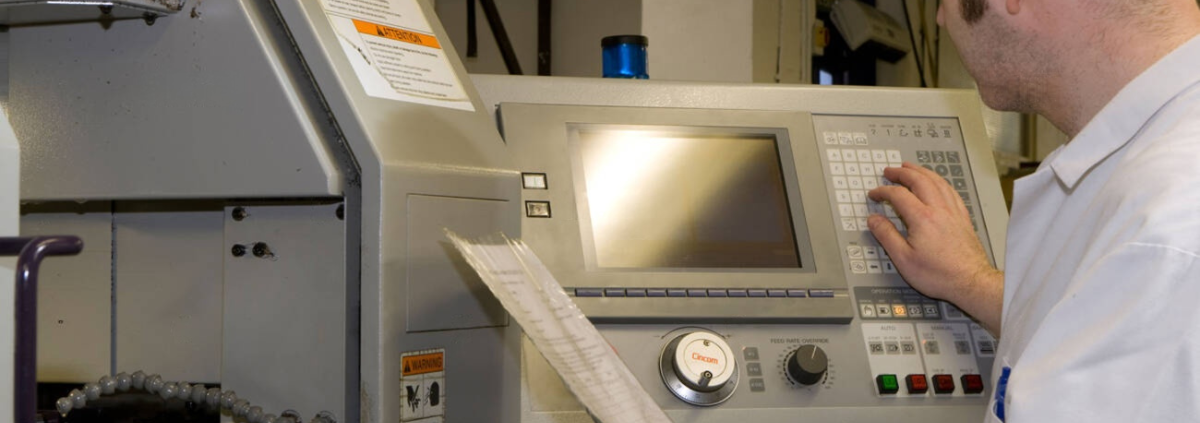
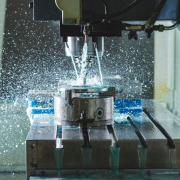
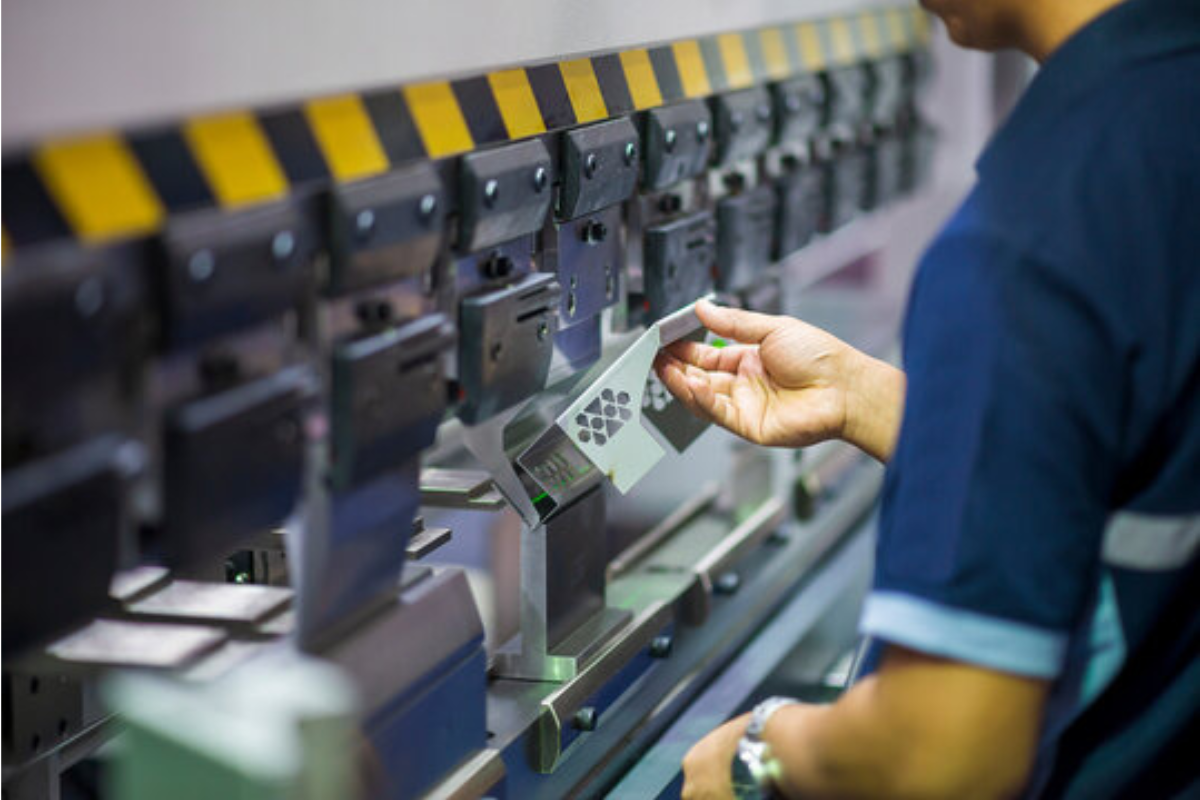

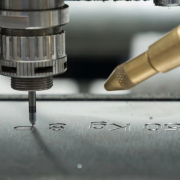

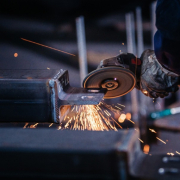
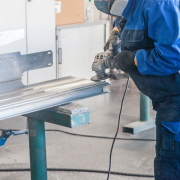
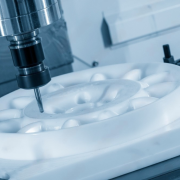


Leave a Reply
Want to join the discussion?Feel free to contribute!